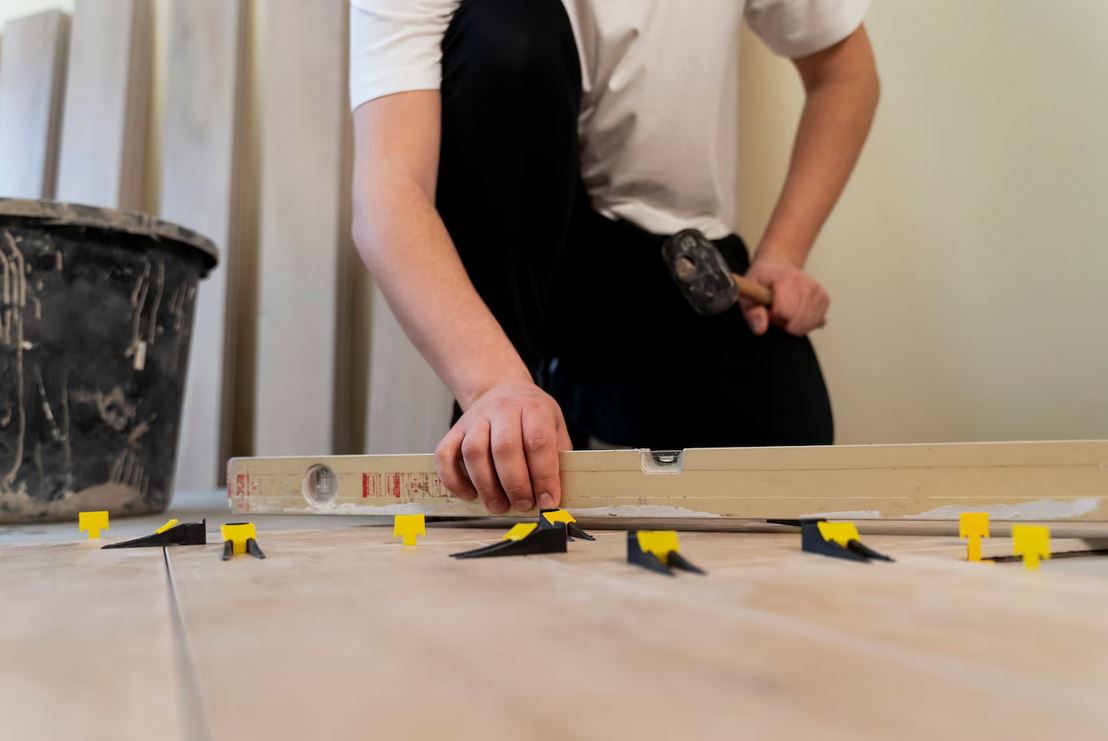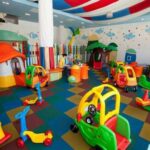
Multigenerational living refers to the practice of multiple generations of a family living together under one roof. This can include grandparents, parents, and children all sharing a home and living space. In Singapore, multigenerational living is becoming an increasingly popular trend. With rising housing costs and the desire for closer family ties, many families are choosing to live together in order to save money and foster stronger relationships.
Understanding the Needs of Different Generations in a Household
In a multigenerational household, it is important to recognize and understand the different needs and lifestyles of each generation. For example, older family members may require more accessibility features and assistance with daily tasks, while younger family members may have different schedules and preferences for entertainment. Communication and compromise are key in ensuring that everyone’s needs are met and that conflicts are minimized.
The Benefits of Multigenerational Living
There are numerous benefits to multigenerational living. One of the main benefits is the emotional and social support that comes from living with extended family members. This can lead to stronger relationships, increased happiness, and a sense of belonging. Additionally, multigenerational living can provide financial benefits by allowing families to pool their resources and share expenses such as rent or mortgage payments. Finally, multigenerational living can also be convenient and practical, as it allows for shared responsibilities such as childcare or household chores.
Challenges of Designing for Multigenerational Living in Singapore
One of the main challenges of designing for multigenerational living in Singapore is the limited space available in many homes. With smaller floor plans and limited square footage, it can be difficult to create separate spaces for each generation while still maintaining shared areas for family activities. Balancing privacy and shared spaces is another challenge, as each generation may have different needs for personal space and privacy. Finally, meeting the needs of different generations can be a challenge, as each generation may have different preferences and requirements for their living spaces.
Creating Shared Spaces for Multigenerational Living
When designing for multigenerational living, it is important to create shared spaces where the entire family can come together for activities and bonding. This can include a common area such as a living room or dining room, where family members can gather for meals or entertainment. Incorporating technology such as a large screen TV or gaming console can also provide entertainment and communication opportunities for the whole family. Additionally, maximizing natural light and ventilation in shared spaces can create a more inviting and comfortable environment for everyone.
Designing Private Spaces for Multigenerational Living
In addition to shared spaces, it is also important to design private spaces for each generation in a multigenerational household. This can include separate bedrooms and bathrooms for each family unit, providing privacy and personal space. Incorporating storage solutions such as built-in closets or shelving can also help to maximize space and keep personal belongings organized. Finally, ensuring accessibility for elderly family members is crucial, with features such as grab bars or ramps to accommodate mobility needs.
Incorporating Universal Design Principles in Multigenerational Homes
Universal design principles should be considered when designing for multigenerational living in order to ensure accessibility and safety for all family members. This can include features such as wider doorways and hallways to accommodate wheelchairs or walkers, non-slip flooring and surfaces to prevent falls, and adjustable height countertops or sinks to accommodate different heights and abilities. Additionally, incorporating features that promote mobility and independence, such as handrails or step-free entrances, can greatly enhance the functionality of the home.
Maximizing Storage and Space in Multigenerational Homes
With limited space in many Singapore homes, it is important to maximize storage and space in order to accommodate the needs of multiple generations. Utilizing vertical space, such as installing floor-to-ceiling shelving or cabinets, can help to maximize storage capacity. Incorporating built-in storage solutions, such as under-bed storage or hidden compartments, can also help to keep the home organized and clutter-free. Finally, designing multi-functional furniture, such as a sofa that can convert into a bed or a dining table that can expand to accommodate more people, can help to make the most of limited space.
Choosing the Right Materials and Finishes for Multigenerational Homes
When choosing materials and finishes for multigenerational homes, it is important to prioritize durability and ease of maintenance. Opting for materials that are resistant to wear and tear, such as laminate or vinyl flooring, can help to ensure that the home remains in good condition over time. Additionally, choosing non-slip flooring and surfaces can help to prevent accidents and falls, especially for elderly family members. Finally, selecting finishes that are safe and non-toxic, such as low VOC paints or natural materials, can contribute to a healthier living environment for all family members.
Working with a Professional Renovation Company for Multigenerational Living Solutions
When designing for multigenerational living, it is highly recommended to work with a professional renovation company that has experience in creating functional and practical spaces for multiple generations. A professional renovation company can provide valuable insights and expertise in designing for the specific needs of each generation. They can also ensure that the renovation process is carried out safely and efficiently, with attention to detail and quality craftsmanship.
In conclusion, multigenerational living is a growing trend in Singapore due to its numerous benefits such as emotional support, financial savings, and convenience. However, designing for multigenerational living comes with its own set of challenges, including limited space and meeting the needs of different generations. By creating shared spaces, designing private spaces, incorporating universal design principles, maximizing storage and space, and choosing the right materials and finishes, a multigenerational home can be functional, comfortable, and safe for all family members. Working with a professional renovation company can also ensure that the design process is successful and meets the unique needs of each generation.


